A Concrete Block is a ‘Building Block’ composed entirely of concrete that is then mortared together to make an imposing, long-lasting construction. These construction blocks can be ‘Hollow’ or ‘Solid,’ formed of ordinary or lightweight concrete in various specified sizes, depending on the precise requirements. Concrete blocks come in various shapes and sizes, and they can be solid or hollow. 39cm x 19cm x (30cm or 20 cm or 10cm) or 2 inch, 4 inch, 6 inch, 8 inch, 10 inch, and 12-inch unit configurations are the most popular concrete block sizes. Concrete blocks are made from cement, aggregate, and water. In concrete blocks, the cement-aggregate ratio is 1:6.
Types of Concrete Blocks:
There are two types of concrete blocks:
1. Solid Concrete Blocks
2. Hollow Concrete Blocks
1. Solid Concrete Blocks:
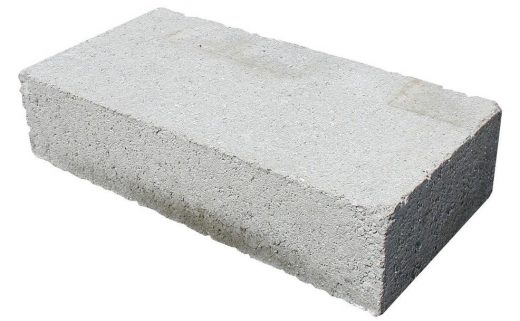
Fig 1: Solid Concrete Blocks
Courtesy: homedepot.com
Solid concrete blocks, which are highly heavyweight and formed by aggregate, are primarily utilized in construction projects. They’re sturdy and give structures a lot of solidities. These solid blocks are ideal for large-scale projects such as force-bearing walls. They’re compared to bricks that come in big sizes. As a result, constructing concrete masonry takes less time than brick masonry.
2. Hollow Concrete Blocks:
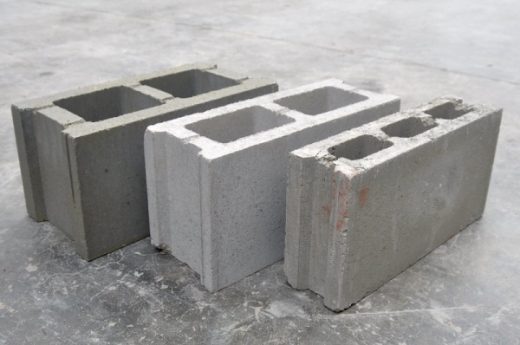
Fig 2: Hollow Concrete Blocks
Courtesy: cementconcrete.org
In masonry construction, hollow concrete blocks are typically employed. It reduces labour costs on the job site while also speeding up the construction process and saving cement and steel. These blocks reduce the natural weight of masonry structures while also improving physical wall qualities like noise and thermal insulation. Standard hollow concrete blocks come in two sizes: Full size and half size. Half-sized blocks are cubical and have one core, while full-sized blocks are rectangular and have two cores. The nominal size of concrete blocks, according to the ‘Research Designs & Standards Organization of Indian Railways,’ is as follows:
i) 400, 500, or 600 mm in length ii) 200 or 100 mm in height iii) 50, 75, 100, 150, 200, 250, or 300 mm in width.
Hollow concrete blocks come in various shapes, sizes, and designs, depending on the shape, needs, and design.
1. Concrete Stretcher Blocks:
Concrete stretcher blocks are also employed at the masonry’s corners. Concrete stretcher blocks commonly use hollow concrete blocks. The parallel length of concrete stretcher blocks is put parallel to the face.
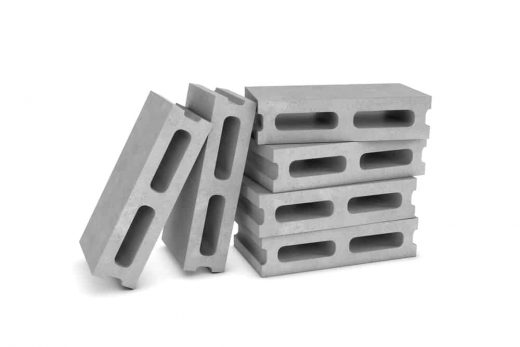
Fig 3: Concrete Stretcher Blocks
Courtesy: homestratosphere.com
2. Concrete Corner Blocks:
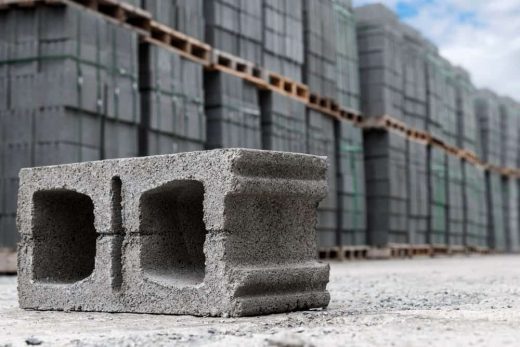
Fig 4: Concrete Corner Blocks
Courtesy: rcpblocks.com
Concrete corner blocks are utilized at the masonry’s corners and the ends of windows and doors. One block corner is plain, while the other has a stretcher design. Concrete corner blocks are placed so that one end of the plane is exposed to the exterior and secured with the stretcher block.
3. Lintel Blocks:
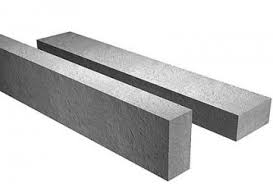
Fig 5: Lintel Blocks
Courtesy: oneontablock.com
Lintel blocks are joined together to form lintel beams. These beams provide structural support by distributing loads from above the beam to the walls on both entry sides. They’re also prefabricated and made of pre-stressed concrete.
4. Concrete Pillar Blocks:
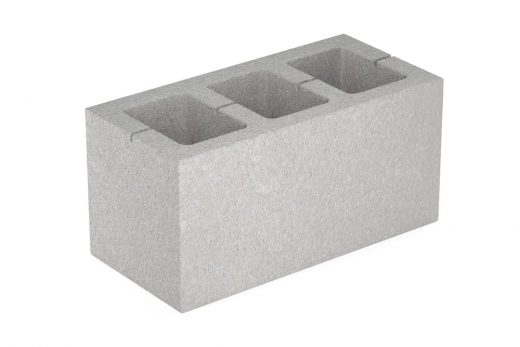
Fig 6: Concrete Pillar Blocks
Courtesy: familyhandyman.com
Since both corners are plain, concrete pillar blocks are also known as double corner blocks. As a result, they’re commonly employed when two corners are visible. As the name implies, concrete pillar blocks are commonly used in pillars and piers.
5. Partition Concrete Blocks
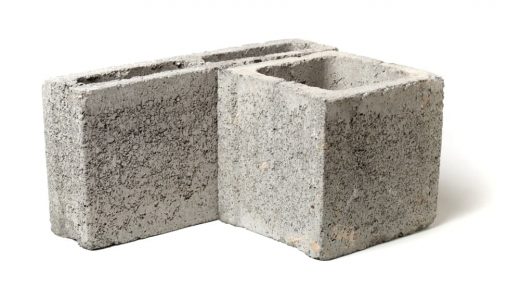
Fig 7: Concrete Pillar Blocks
Courtesy: civilprojectsonline.com
Partition concrete blocks are similar to concrete pillar blocks, except that the height of a partition concrete block, also known as a partition block, is more than the breadth. A partition block’s hollow section is separated into two or three parts. These blocks are perfect for building partition walls.
6. Jamb Concrete Blocks:
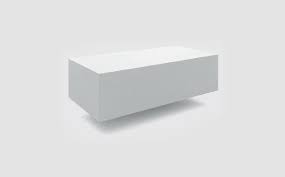
Fig 8: Jamb Concrete Blocks
Courtesy: teknopanel.com
When an intricate window opening in the wall, jamb blocks are employed. Stretcher and corner blocks are attached to them. Jamb blocks are very important for providing space for the window casing parts when installing double-hung windows.
7. Bullnose Concrete Block:
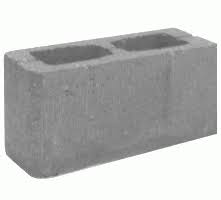
Fig 9: Bullnose Concrete Blocks
Courtesy: jonesandsons.com
Concrete pillar blocks and bullnose concrete blocks are the same things. The main distinction between the two types of concrete blocks is that a bullnose block has rounded corners, while a concrete pillar block does not. Bullnose concrete blocks may be the ideal choice for you if you desire rounded edges.
8. Frogged Brick Blocks:
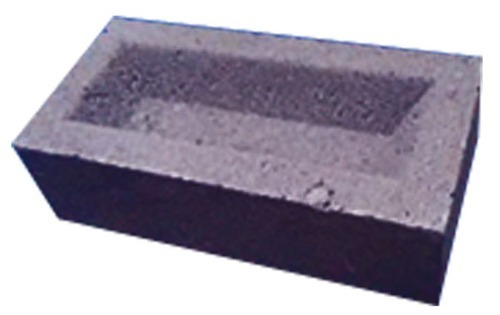
Fig 10: Frogged Brick Blocks
Courtesy: quizlet.com
The top surface of this sort of block has a frog section and a header and stretcher. Frog aids in the retention of mortar and forming a strong bond with another brick.
9. Paving Blocks:
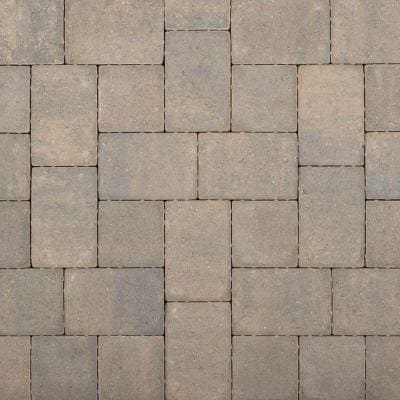
Fig 11: Paving Blocks
Courtesy: homedepot.com
Paving blocks are reinforced concrete boxes that are square or rectangular. Paving blocks are decorative concrete blocks used as a decorative approach for producing pavements. Paving blocks are commonly used in road construction, but they can also build car parks and walkways. Paving blocks must be painted with high-visibility paints when used for road shoulders and paving so that drivers and motorists can see them.
10. Light Aerated Concrete Blocks:
The nature of light aerated concrete blocks is that they are light. These blocks are made of Portland cement, aggregates, high-quality sand, and other materials. As a result, aerated concrete is used to make them.
11. Fly Ash Blocks:
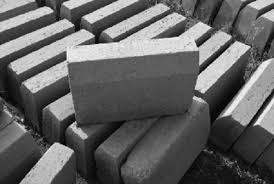
Fig 12: Fly Ash Blocks
Courtesy: buildwithash.com
Fly ash blocks are lighter than clay bricks and are also more cost-effective. They are commonly made from waste products resulting from coal combustion in thermal power plants.
12. Cellular Lightweight Concrete Blocks:
The feature of cellular lightweight concrete blocks is that they are lightweight. These blocks have high mechanical strength as well as low heat conductivity. Low-density Portland cement with various microscopic air bubbles makes cellular lightweight concrete blocks.
13. Concrete Bricks;
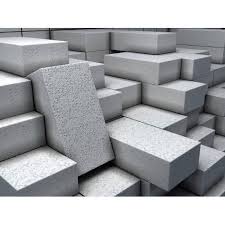
Fig 13: Concrete Bricks
Courtesy: wikihow.com
Concrete bricks are small rectangular symmetric blocks that create a rigid wall. These bricks have greater compressive strength than normal clay bricks and have less water absorption property than clay bricks. Concrete bricks are generally made of cement, sand, a little fly ash, etc. These blocks are generally used in facades fences due to their beautiful and modern aesthetic look.
Uses of Concrete Blocks:
- Concrete Blocks are a great option for partition walls because they are quick and easy to install. The inclusion of steel reinforcement adds to the structure’s strength.
- Exterior and Interior Load-bearing Walls, Partition Walls, Panel Walls, and Boundary Walls are common uses for Hollow Concrete Blocks.
- Solid Concrete Blocks are perfect for Chimney and Fireplace building, but they also work well for Non-load Bearing Walls and Garden Walls.
- Concrete blocks are also used in a variety of smaller landscaping projects. Many Outdoor Furniture & Patio ideas, for example, include Outdoor Seating, Decorative screens, Outdoor Bar, Flower Bed, and many others.
- Concrete blocks can cover stored commodities from the effects of changing weather. It’s no surprise that engineers prefer it to construct Material Bins.
Advantages of Concrete Blocks:
- The reduced wall thickness due to narrower Concrete Blocks than a traditional brick masonry wall makes the space is larger by increasing the carpet surface.
- Concrete block building is more systematic, faster, and stronger than brick masonry because of the vast size of the blocks.
- Better thermal insulation is provided.
- It effectively absorbs sound and protects the interiors from noise pollution. Using concrete blocks provides additional fire protection.
- Protects precious agricultural land that is extensively mined to produce clay bricks.
- Individual pieces can be manufactured to a larger customized size and shape, allowing for a quick building cycle turnaround.
- Concrete Blocks, unlike traditional bricks, have a consistent size that lowers the need for plaster, making them a more cost-effective solution. The mortar consumption rate is lower than in traditional masonry construction, but the overall strength of the structure is increased.
Disadvantages of Concrete Blocks:
- The expense of constructing a residence out of concrete blocks is significantly higher.
- Some of the blocks may need to be cut to reach critical systems.
- Concrete block homes aren’t usually attractive from the outside.
- Over time, concrete blocks may be subject to water seepage.
- Some regional preferences may not be compatible with this material.
- Windows and doors can easily detract from the environmental benefits.
Conclusion:
When it comes to living arrangements, concrete block homes make sense if you want to be environmentally conscious. Although the cost of building is higher with this material, most homeowners can recoup the difference in cost throughout the life of the property when compared to timber frames.
References:
1. 13 Different Types Of Concrete Blocks – Home Stratosphere. (2021, October 13). Home Stratosphere. https://www.homestratosphere.com/types-of-concrete-blocks/.
2. Types Of Concrete Blocks Or Concrete Masonry Units In Construction. (2016, August 21). The Constructor. https://theconstructor.org/building/types-concrete-blocks-masonry-units/12752/.
3. Desai, J. (2020, April 3). Concrete Block As a Building Material: Uses | Types | Pros & Cons!. GharPedia. https://gharpedia.com/blog/concrete-block-types-pros-and-cons/.
4. P. (2020, October 12). Types of Concrete Blocks – Structural Guide. Structural Guide. https://www.structuralguide.com/types-of-concrete-blocks/.
If you have a query, you can ask a question here.



Thanks for the great knowledge
Is this Concrete Block can build a 5-story building?
I liked your lessons am appreciated with you and l need more information about masonry building & construction
I need more information about masonry and building construction
This article provides a thorough examination of concrete blocks, covering their types, uses, advantages, and disadvantages. It’s a valuable resource for anyone involved in construction or engineering projects, offering insights into the versatility and practical considerations of using concrete blocks.